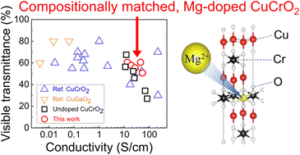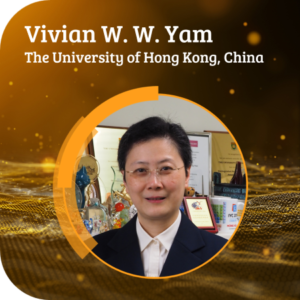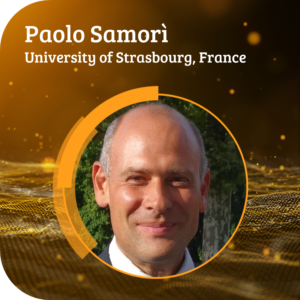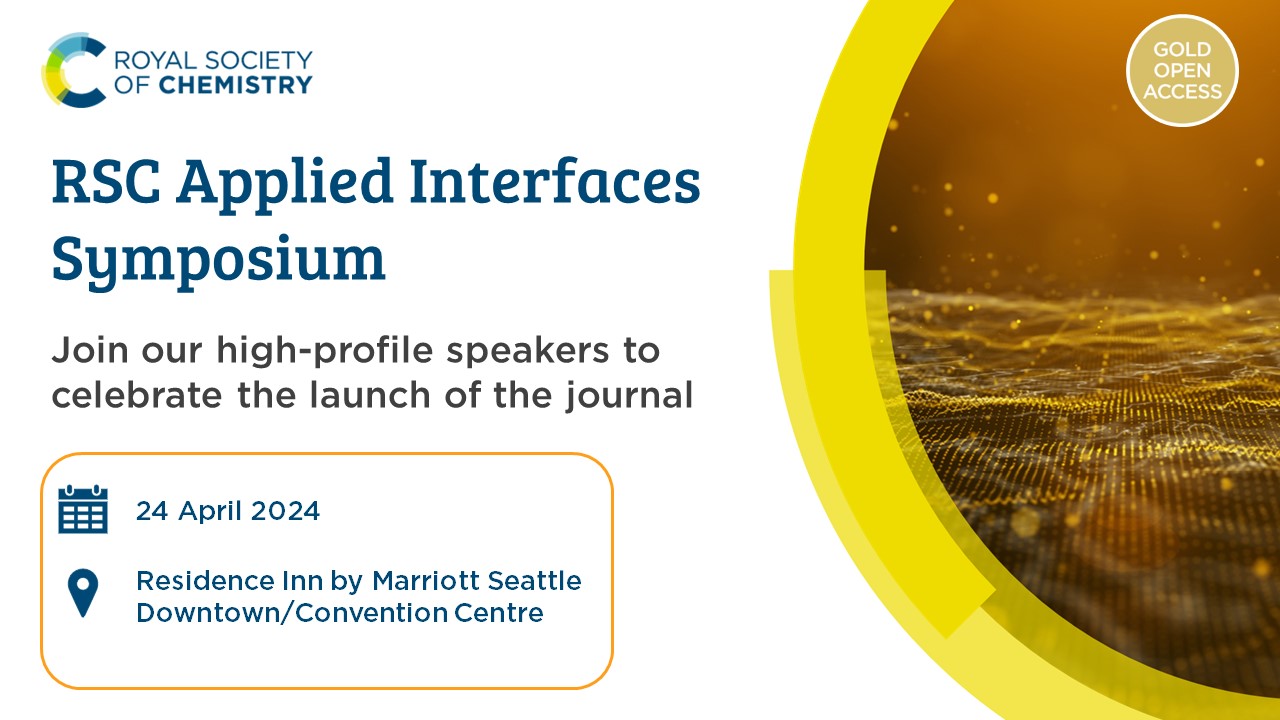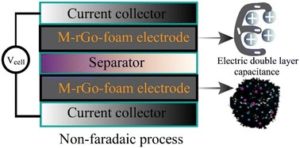
RSC Applied Interfaces has published its first few issues which can be read for free here. To celebrate our recently-published articles, we asked our authors to discuss their work in more detail.
In this post, we hear from Zong-Xuan She and Professor Sheng-Hsiung Yang from National Yang Ming Chiao Tung University, as they discuss their recently published article entitled ‘Interfacial modification between NiOx and perovskite layers with hexafluorophosphate salts for enhancing device efficiency and stability of perovskite solar cells‘.
Insights from the authors
Could you please introduce yourself and give us a brief summary of the research?
“The first author of this research is Zong-Xuan She who received guidance from Prof. Sheng-Hsiung Yang and obtained his Master of Science degree from National Yang Ming Chiao University in 2024, specializing in the fabrication and evaluation of perovskite solar cells. In this work, Zong-Xuan discovered that three hexafluorophosphate salts can serve as interfacial modifiers for reducing surface defects on NiOx, improving contact between NiOx and perovskite layers, and enhancing photovoltaic performance of perovskite solar cells.”
What aspect of your work are you most excited about?
“As the main author of the research, Zong-Xuan is delighted to present an effective and inexpensive way to augment the performance of perovskite solar cells, especially prolonged device lifetimes over 108 days or longer. Considering the low price and processability of the proposed hexafluorophosphate salts, our results may help to boost the development of perovskite-related products.”
What do you find most challenging about your research?
“Detailed analysis and interpretation of various unknown data are always challenging in scientific researches. For example, the XPS spectra of NiOx before and after salt modification looked alike at first sight; by deconvoluting the original XPS signals carefully and calculating the Ni3+/Ni2+ ratio, we realized that the conductivity of NiOx was improved by introducing those hexafluorophosphate salts, especially NH4PF6.”
What’s next for you?
“The three hexafluorophosphate salts are proven to modify the surface properties of NiOx effectively. We speculate that those salts may also work on other types of metal oxides, such as CuO, WO3, and V2O5. We will also seek for other hexafluorophosphate salts with different cations to further improve the performance of NiOx-based perovskite solar cells.”
Meet the authors
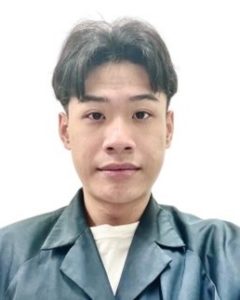
Mr Zong-Xuan She received his Bachelor of Science degree from the Department of Optoelectronic Physics at Chinese Culture University in 2021. He obtained his Master of Science degree from the Institute of Lighting and Energy Photonics at National Yang Ming Chiao Tung University in 2024. His research focuses on the fabrication and evaluation of perovskite solar cells using NiOx as the hole transport layer. |
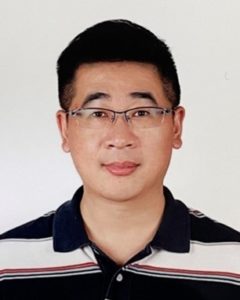
Professor Sheng-Hsiung Yang received his dual Ph.D. degrees in materials science from University of Nantes, France and in applied chemistry from National Chiao Tung University (NCTU), Taiwan in 2004. He joined the Institute of Lighting and Energy Photonics at NCTU in 2009 as an assistant professor and was promoted to full professor in 2022. Merging with National Yang Ming University in 02/2021, NCTU is now known as National Yang Ming Chiao Tung University (NYCU). Prof Yang is currently Director of the Institute of Lighting and Energy Photonics at NYCU since 02/2022. His research interests include the synthesis of ionic conjugated polymers and perovskite nanocrystals, preparation of nanostructured metal oxides, and fabrication of optoelectronic devices for photovoltaic and light-emitting applications. |
Want to find out more? Read the full paper below!
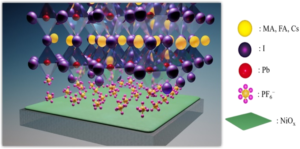
Interfacial modification between NiOx and perovskite layers with hexafluorophosphate salts for enhancing device efficiency and stability of perovskite solar cells
Zong-Xuan She and Sheng-Hsiung Yang
RSC Appl. Interfaces, 2024, Advance Article DOI: 10.1039/D3LF00258F
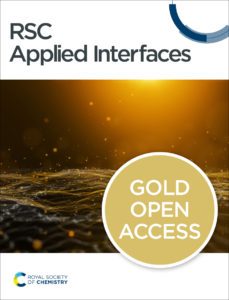
RSC Applied Interfaces is a dedicated, interdisciplinary reference journal for cutting-edge research on the applications of surfaces and interfaces. In addition to the applied focus, work considered for publication in RSC Applied Interfaces is expected to be highly original and of top quality. The journal seeks to report major scientific advances beyond the state of the art, at the cutting edge of this interdisciplinary field.
Comments Off on Meet our authors: Interfacial modification between NiOx and perovskite layers with hexafluorophosphate salts for enhancing device efficiency and stability of perovskite solar cells


 RSC Applied Interfaces is a dedicated, interdisciplinary reference journal for cutting-edge research on the applications of surfaces and interfaces. In addition to the applied focus, work considered for publication in RSC Applied Interfaces is expected to be highly original and of top quality. The journal seeks to report major scientific advances beyond the state of the art, at the cutting edge of this interdisciplinary field.
RSC Applied Interfaces is a dedicated, interdisciplinary reference journal for cutting-edge research on the applications of surfaces and interfaces. In addition to the applied focus, work considered for publication in RSC Applied Interfaces is expected to be highly original and of top quality. The journal seeks to report major scientific advances beyond the state of the art, at the cutting edge of this interdisciplinary field.


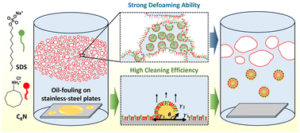
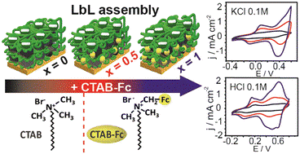 Ferrocene-labelled surfactants enhance the supercapacitor performance in PANI-PSS/nanocarbon layer-by-layer nanoarchitectonics electrodes
Ferrocene-labelled surfactants enhance the supercapacitor performance in PANI-PSS/nanocarbon layer-by-layer nanoarchitectonics electrodes